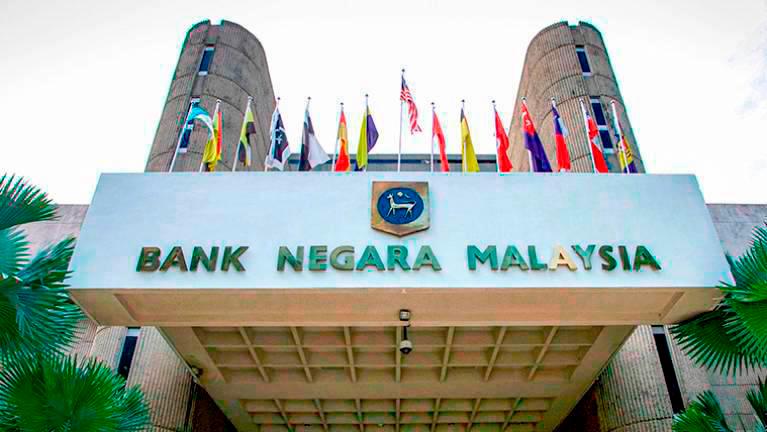WHEN Dr Mohd Tajuddin Mohd Rasdi asked 24 top achievers vying for a covetous award the question, “What lessons have you learned from a culture or faith other than your own?”, the candidates were left speechless.
Their non-response worried the UCSI professor of architecture that the crème de la crème of university graduates did not think it worthwhile to learn from another culture or faith.
It is fairly obvious that Malaysia’s educational institutions from primary school to university, and religious education classes in all places of worship do not teach students to appreciate the function of diversity in social advancement.
There are no interfaith lessons in school – a basic omission for any multicultural society.
Diversity isn’t just a value that you can choose to do without; diversity is a vital function of living and thinking processes.
Without diversity our cultures will be sterile and humanity will perish.
Diversity is like the massive range of products in a hypermarket, with each product being a viable alternative for some user group or other.
Without diversity to give us viable options, we may be trapped in a battle for human survival in the event of a rare catastrophic situation.
The severity of Covid-19 and the consequences of forest cover loss as witnessed by the devastating January floods require us to change pathways from the known to the unknown.
Let’s not stumble from inaction to further inaction. Widespread jungle felling brought wild animals close to the arms of greedy traders. Nations failed to stop wildlife trafficking and as a result the SARS-CoV-2 virus wreaked havoc on humanity.
The risks stay even with vaccination because of reverse spillover when the virus jumps from humans to livestock animals such as minks, as has occurred in Denmark. Then, in a spillback, the virus jumps to humans again.
World-renowned primatologist Jane Goodall, penning an article which theSun ran last Nov 25, warned that extreme crowding of animals in factory farms provided an opportunity for viruses to spread quickly and spill over to humans.
Societies prosper by learning from one another, even from the very small guys.
For Indians, Jainism is a well-known ancient religion. But in Malaysia, no one talks about Jainism because the Jain community is so tiny. Yet if we had learnt from the Jains, humanity would not be in such a bad shape today and flooding would be less severe.
What is the motto of Jainism? It is this: Animal lives matter. This is the only religion in the world that has imposed a complete ban on the killing of wildlife or livestock. Jainism allows no exceptions to this rule.
A practice among some religions is to allow slaughter in certain geographical regions such as cold mountain areas where vegetables don’t grow well.
But the most common decree is to classify animal species into clean and unclean types, and the religious faithful are commanded to eat clean animals only.
Primitive tribal folks of course resort to hunting for their own subsistence. These different rules are like product variants in a hypermarket: all are valid for use, depending on circumstances.
For one millennium or two, the Jains were regarded as being overly sentimental. Why shed tears over lowly creatures with no soul? What are they to us except to serve as food or sacrifice?
But the situation has changed so dramatically and irreversibly that the Jain rule of total abstinence from livestock and wild meat is the best for today and the future.
Zoonotic diseases did not spread in scriptural times because the global human population was below 500 million up to 500 years ago when the Sikh religion was born.
Today, we have 7.8 billion people, with half of them living in crowded cities.
Today, only 10% of the original forest cover still remains on the planet as the rest have been destroyed to make way for settlements, farms, and plantations.
It is easy to figure out why there is Covid-19: with millions of wild animals dead, the viruses that were inhabiting their bodies have no place to go except jump onto human beings who are now everywhere.
Displaced zoonotic viruses can also find a home in livestock animals, as there are 40 billion farm creatures alive any day to serve an ever-expanding human population.
These viruses live in a borderless microworld and can jump from animals to humans, from humans to animals, and back to humans.
With over-population, we have stepped across the red line by pushing greenhouse gas emissions to a volume that is broiling the climate.
Livestock rearing is a major culprit in climate change with meat production accounting for 30% of all greenhouse gas emissions, half of it coming from cattle, especially beef cows as they belch out methane as a by-product of digestion.
Methane possesses a heat trapping ability that is about 90 times more climate damaging than carbon dioxide (CO2), and all the farm cows in the world together produce 600 billion litres of methane every day.
Livestock also accounts for 65% of total human-related nitrous oxide emissions. Nitrous oxide is even deadlier than methane as it is 300 times more destructive than carbon dioxide.
As for CO2, contributed in large part by livestock, its atmospheric concentration this year will exceed 417 parts per million which is 50% higher than the 278 ppm some 250 years ago.
Even as we grapple with the third wave of Covid-19, epidemiologists at the World Health Organisation are warning of a possibly more severe pandemic ahead.
Most governments don’t want to address the root cause because proscriptive actions will put big money at risk.
Forest devastation is hugely profitable in terms of timber revenue and taxation on land development.
Animal slaughter is a multi-billion dollar industry, and hence there is strong impetus to keep up the killings.
One of the few countries taking preventive steps is Singapore, which has become the first to approve sale of lab-grown meat. Singaporeans have founded a number of lab-grown meat companies that use nutrient mix to feed stem cells taken from animals.
Singapore’s regulatory authorities have found that the nutrient mix conforms to safety and health requirements.
More than 10 countries including Turkey, Australia, Japan, Britain, and the United States have companies that are now in the advanced stages of producing commercially viable lab-grown meat, also known as cell-cultured meat.
The green light is flashing for Malaysia to revolutionise its livestock industry and convert it to a labstock industry.
The economic gains from such a bioeconomic transformation programme are high if we can produce cell-cultured meat that conforms to international safety and health standards.
Herein lies abundant job opportunities for agricultural, nutritional, and biology graduates as there are many varieties of nutrient mixes that can be developed to produce different types of meat as closely identical to the livestock originals as possible, with the noble advantage that they involve no animal deaths.
However, global interfaith collaboration is needed to push the masses in this direction.
The writer champions interfaith harmony. Comments: letters@thesundaily.com














